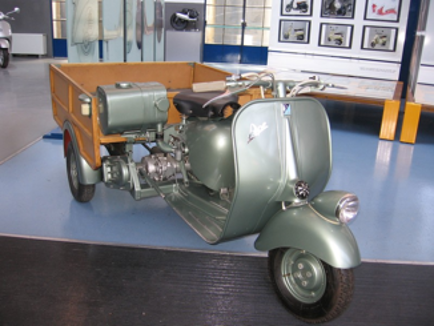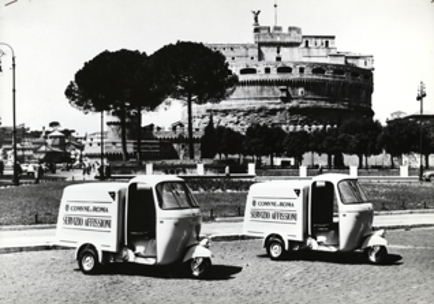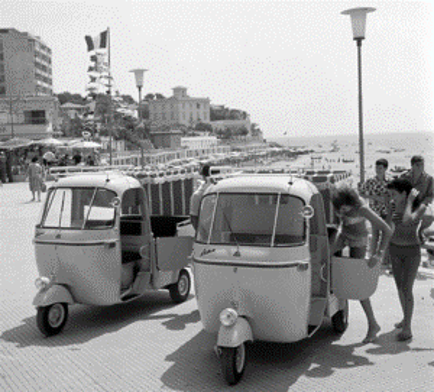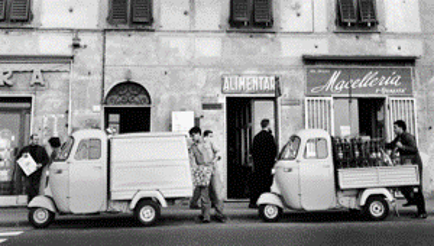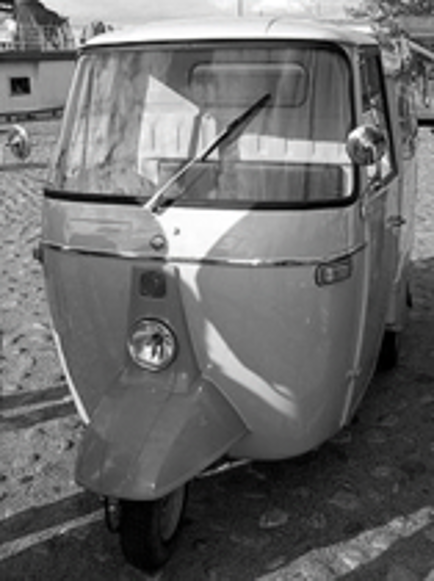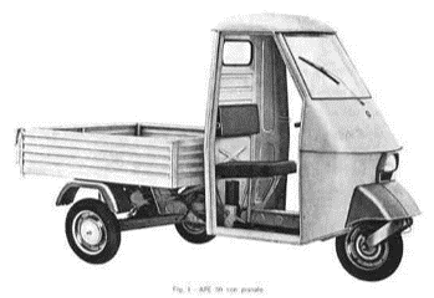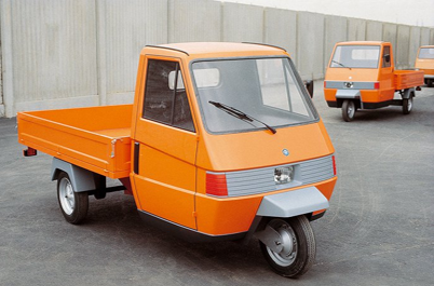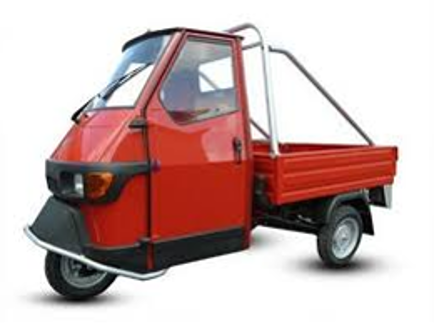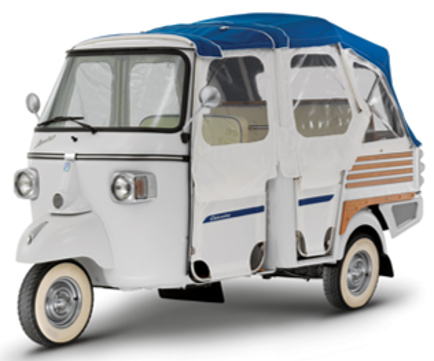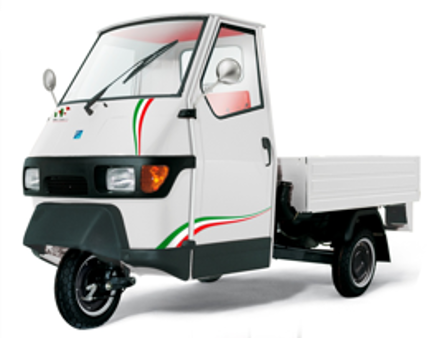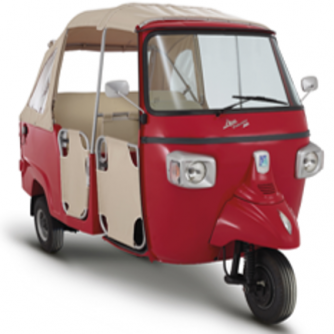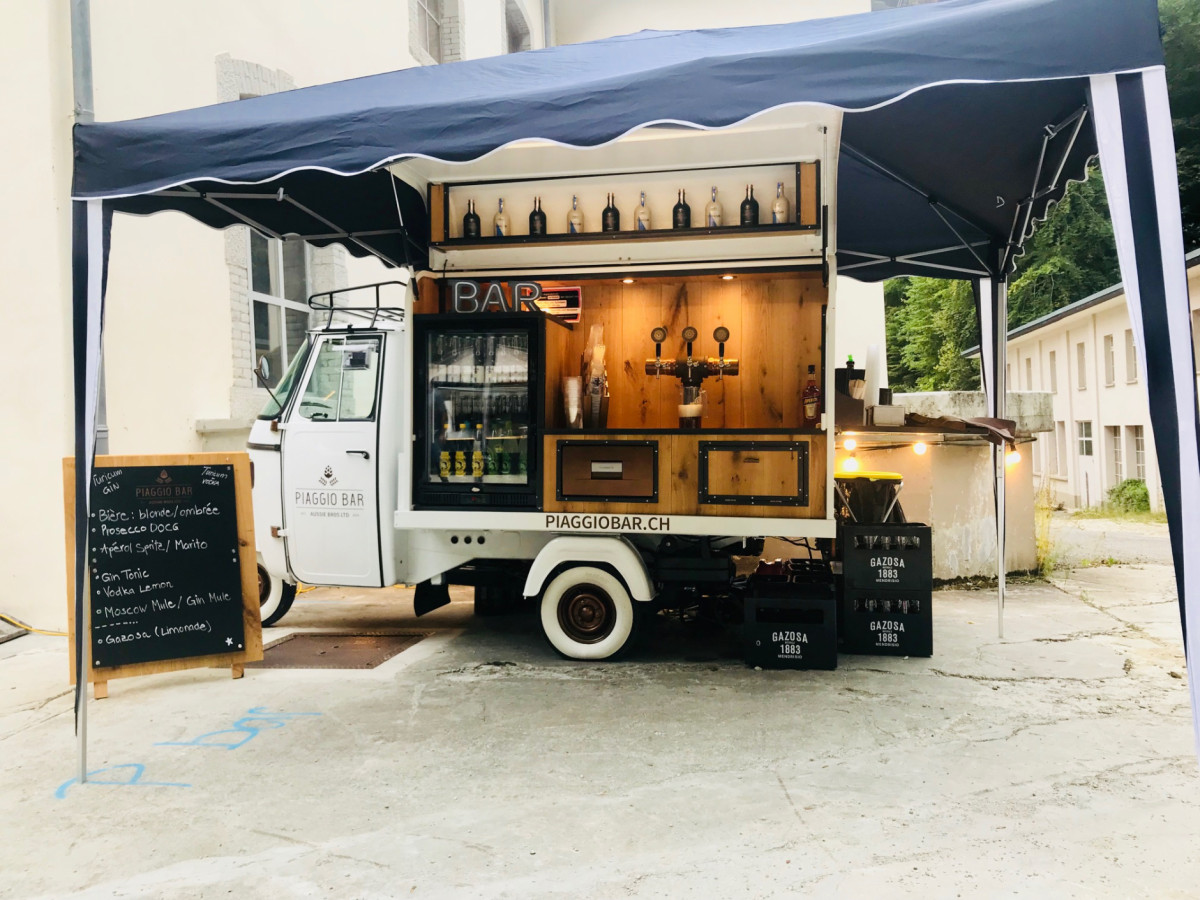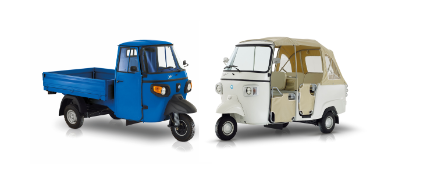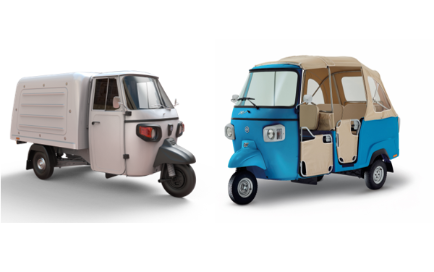1948
The Italian economy is slow to get back into motion, and with it industry, trade and craft activities. The transport of goods is entrusted to large trucks, clearly of military origin, to expensive commercial vehicles resembling automobiles or to heavy and slow moped bicycles; while in the city mainly three-wheeled vehicles with pedals and pushcarts are used. From the observation of daily reality and its needs arises the Ape, an intuition of Enrico Piaggio and Corradino D’Ascanio. «The“ Ape ”moto-van is destined for success – writes Motociclismo magazine – It is a very modern vehicle with limited costs and consumption, within the reach of the most modest company, but designed without false economy according to rational criteria, both in terms of functionality and construction ». The first Ape of 1948 inherits from the Vespa all the fundamental characteristics – even though it has a three-wheel structure – besides of course the front section and the 125 cc engine mounted on the Piaggio scooter in 1948, and originally a displacement of 98 cc.
